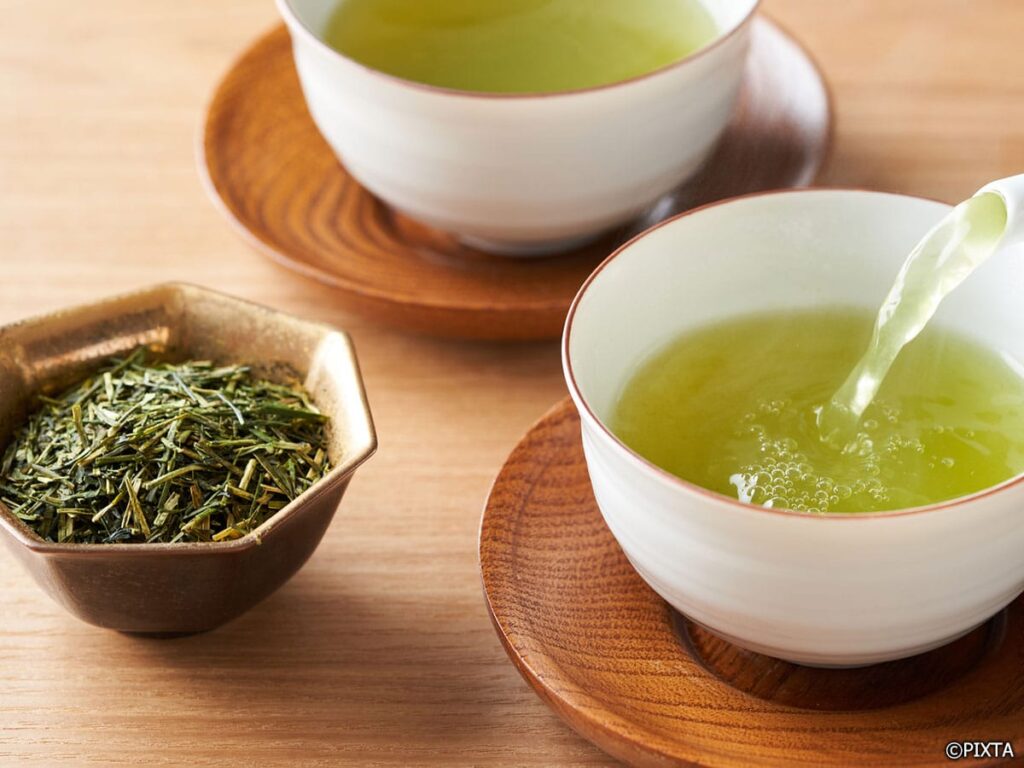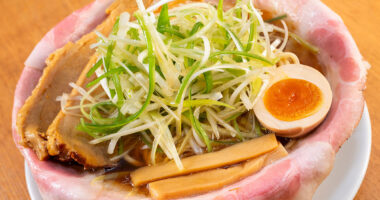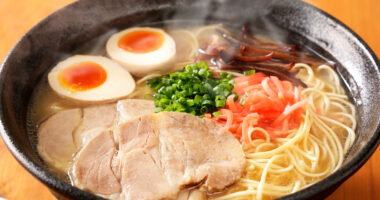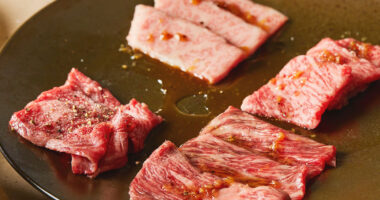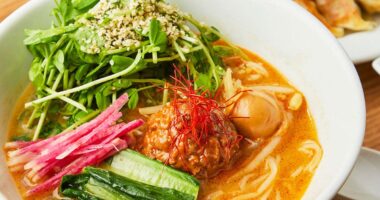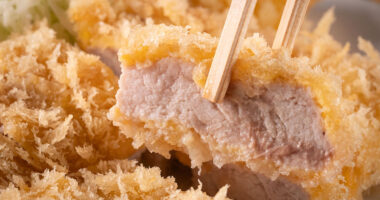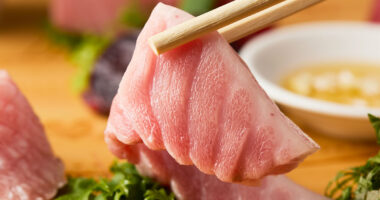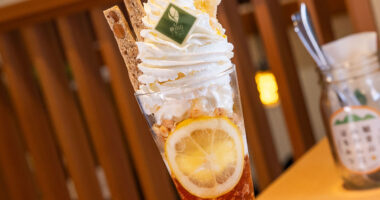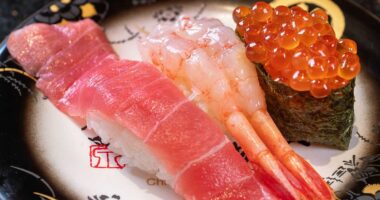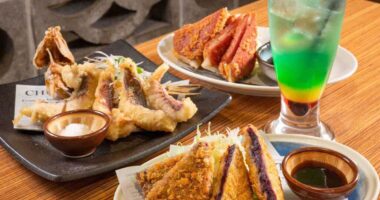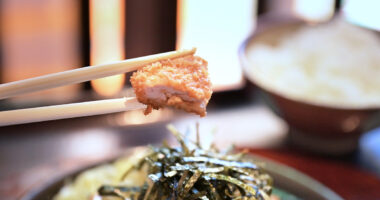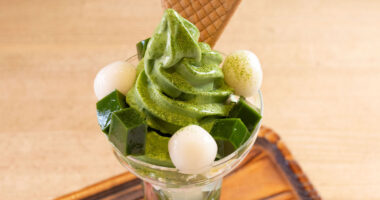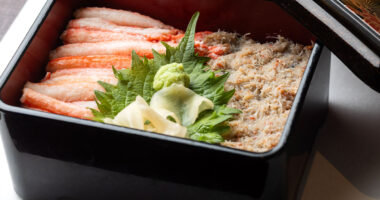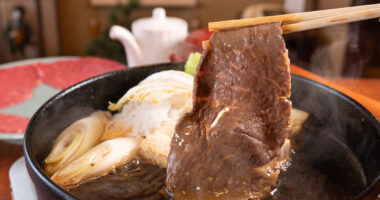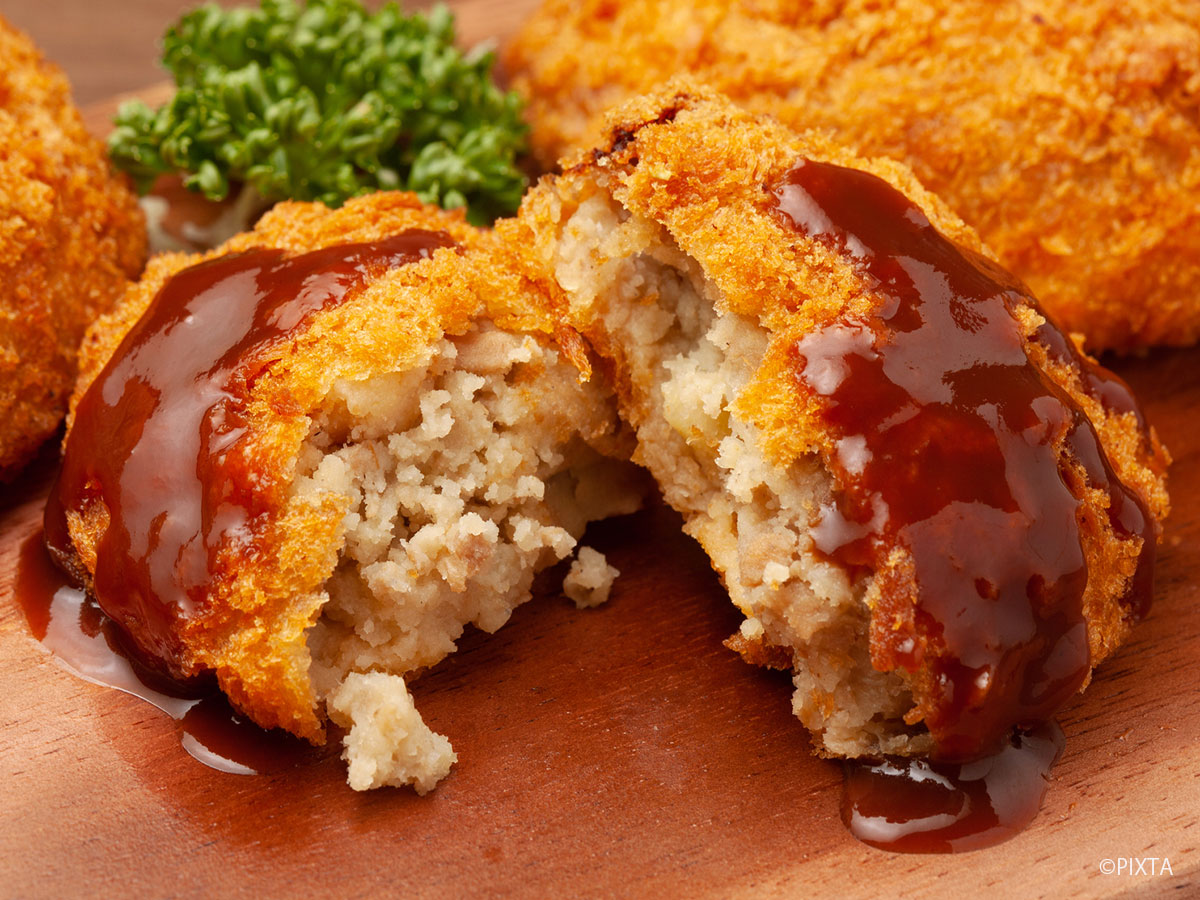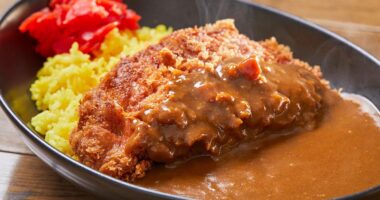For Japanese people, tea (お茶 ocha) is not just a drink, but a cultural experience that has been passed down for centuries. With its unique flavor profiles, health benefits, and variety of types, it has become increasingly popular worldwide. Visitors often buy Japanese tea as a gift or for their own enjoyment at home. Additionally, traditional Japanese tea ceremonies provide an immersive cultural experience that can also enhance your enjoyment of tea.
What is Japanese tea?
In English-speaking countries, Japanese tea is often called “green tea.” However, in fact, there are many other types of teas produced and enjoyed in Japan other than green tea, which is known as 緑茶 ryokucha.
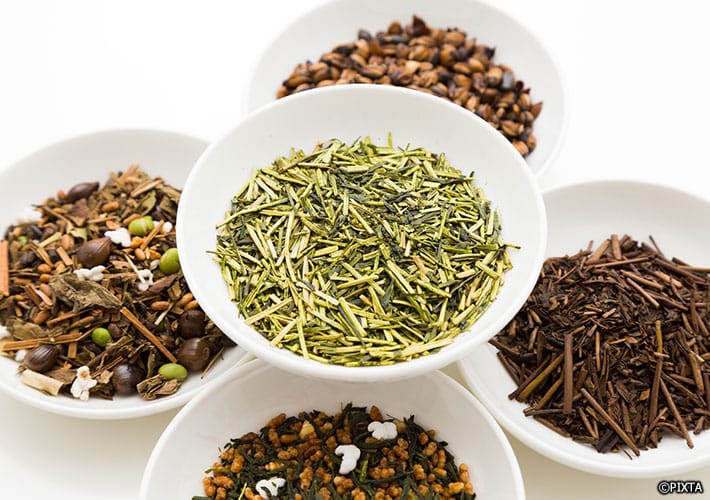
Different types of Japanese tea.
Where to get Japanese tea
Japanese tea can be found in specialty tea shops, supermarkets, and convenience stores throughout Japan. Some popular tea-producing regions include Kawane in Shizuoka Prefecture, Chiran in Kagoshima Prefecture and Uji in Kyoto Prefecture. Additionally, many Japanese restaurants and cafes offer a selection of Japanese teas on their menus. The price of Japanese tea can vary depending on the type and quality, with prices ranging from under 1,000 yen to up to 3,000 yen per 100 grams for the best teas. Moreover, you’ll find sweets and drinks flavored with Japanese tea at cafes, pastry shops, and restaurants.
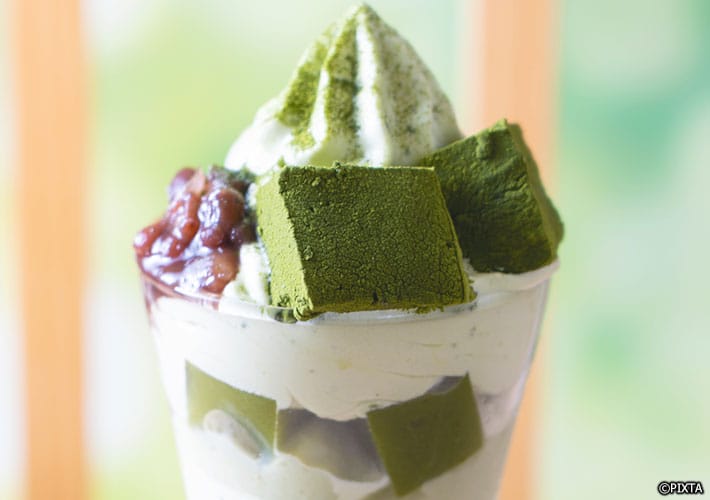
A matcha parfait.
Types of Japanese tea
Some of the more common types of Japanese tea are:
煎茶 sencha is the most common type of ryokucha and has a grassy and refreshing taste.
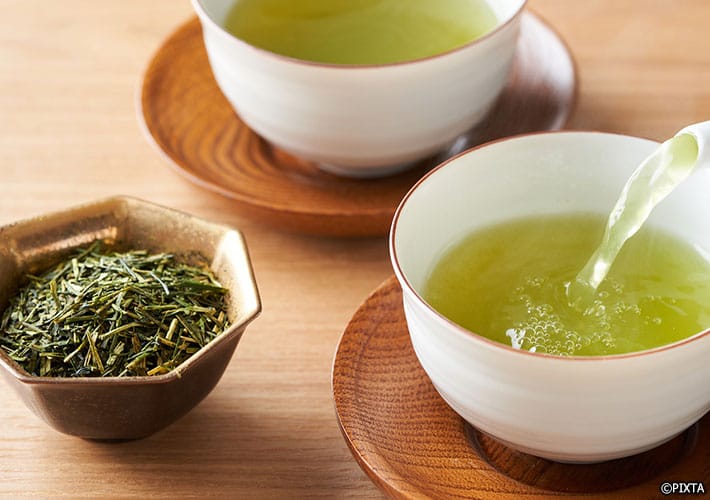
Sencha.
抹茶 matcha is a powdered form of ryokucha. It is often whisked with hot water, traditionally with a bamboo whisk, to create a frothy, vibrant green beverage with a smooth texture. It’s the tea used in traditional Japanese tea ceremonies. Matcha has a distinctive flavor that is often described as vegetal, nutty, and slightly sweet. Although it’s delicious on its own, both in Japan and abroad, it’s increasingly popular as a featured ingredient in everything from matcha lattes and smoothie bowls to matcha-infused desserts.
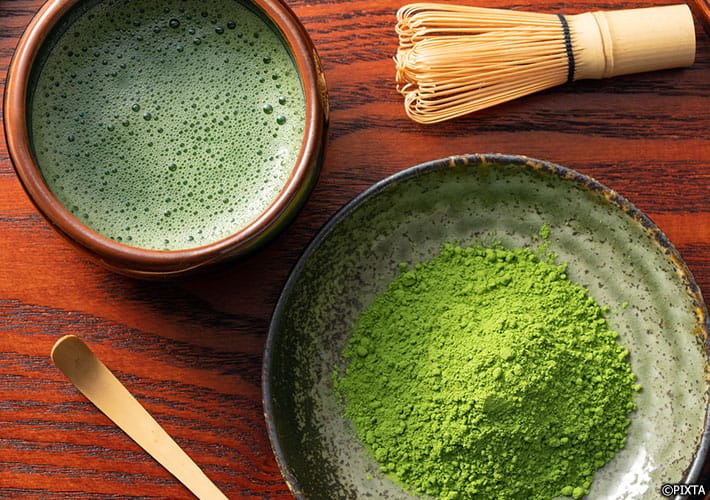
Matcha.
玉露 gyokuro is a high-quality ryokucha that is grown in the shade, giving it a rich, umami flavor.
ほうじ茶 hōjicha is a roasted ryokucha that has a nutty, smoky flavor. It is made from roasted tea leaves, unlike most other ryokucha types, which are steamed.
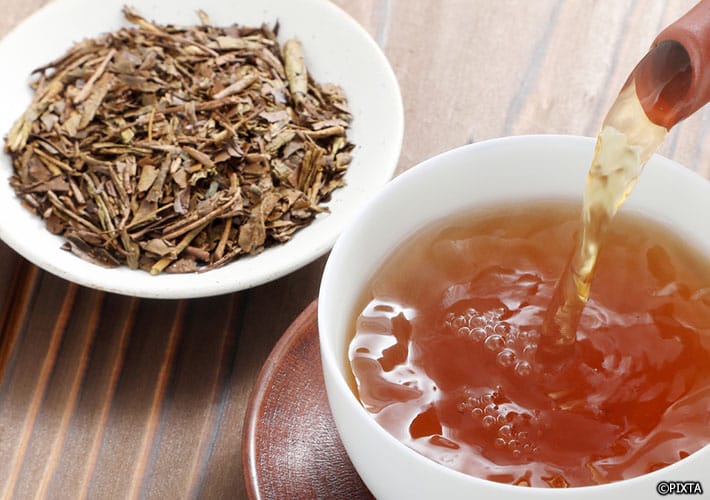
Hojicha.
Aside from ryokucha, there are also other types of Japanese teas made exclusively with non-tea ingredients.
For example, 麦茶 mugicha, also known as barley tea, is a caffeine-free tea made from roasted barley that has a nutty, toasty flavor and is often served cold during the summer months.
Tips on enjoying Japanese tea
When you’re in Japan, one way of appreciating Japanese tea is to attend a Japanese tea ceremony. These ceremonies often take place in traditional tea houses or gardens and involve the preparation and presentation of matcha in a ceremonial manner. During the ceremony, guests can enjoy sweets made from traditional Japanese ingredients, such as mochi and sweet beans.
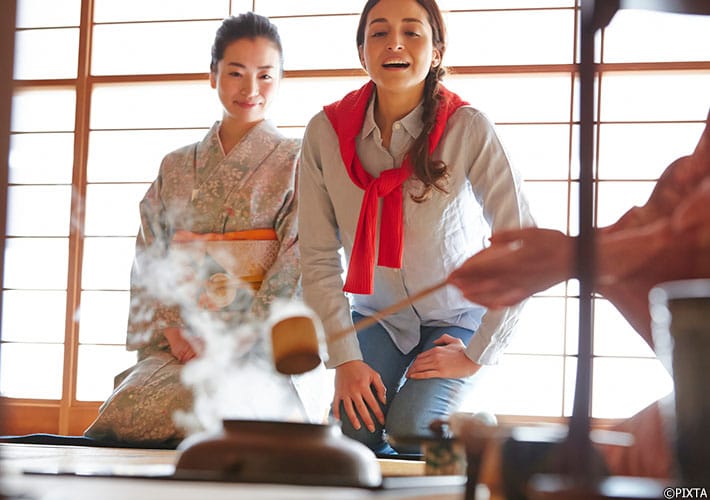
A Japanese tea ceremony.
If you’re looking forward to buying and enjoying Japanese tea at home, here are a few tips. Using proper brewing techniques will allow you to fully appreciate the flavor and experience of Japanese tea. Firstly, if possible, try to purchase high-quality tea for the best flavor. Secondly, pay attention to the brewing time and water temperature to avoid over-brewing and a bitter taste. Numerous YouTube videos go over the details. Experiment with different brewing methods to bring out different flavors and aromas.
Japanese tea is not just a beverage, but a cultural experience that is steeped in tradition and history. Whether you’re a tea enthusiast or simply looking to explore Japan’s rich cultural heritage, Japanese tea offers a delicious and authentic experience that is not to be missed.
